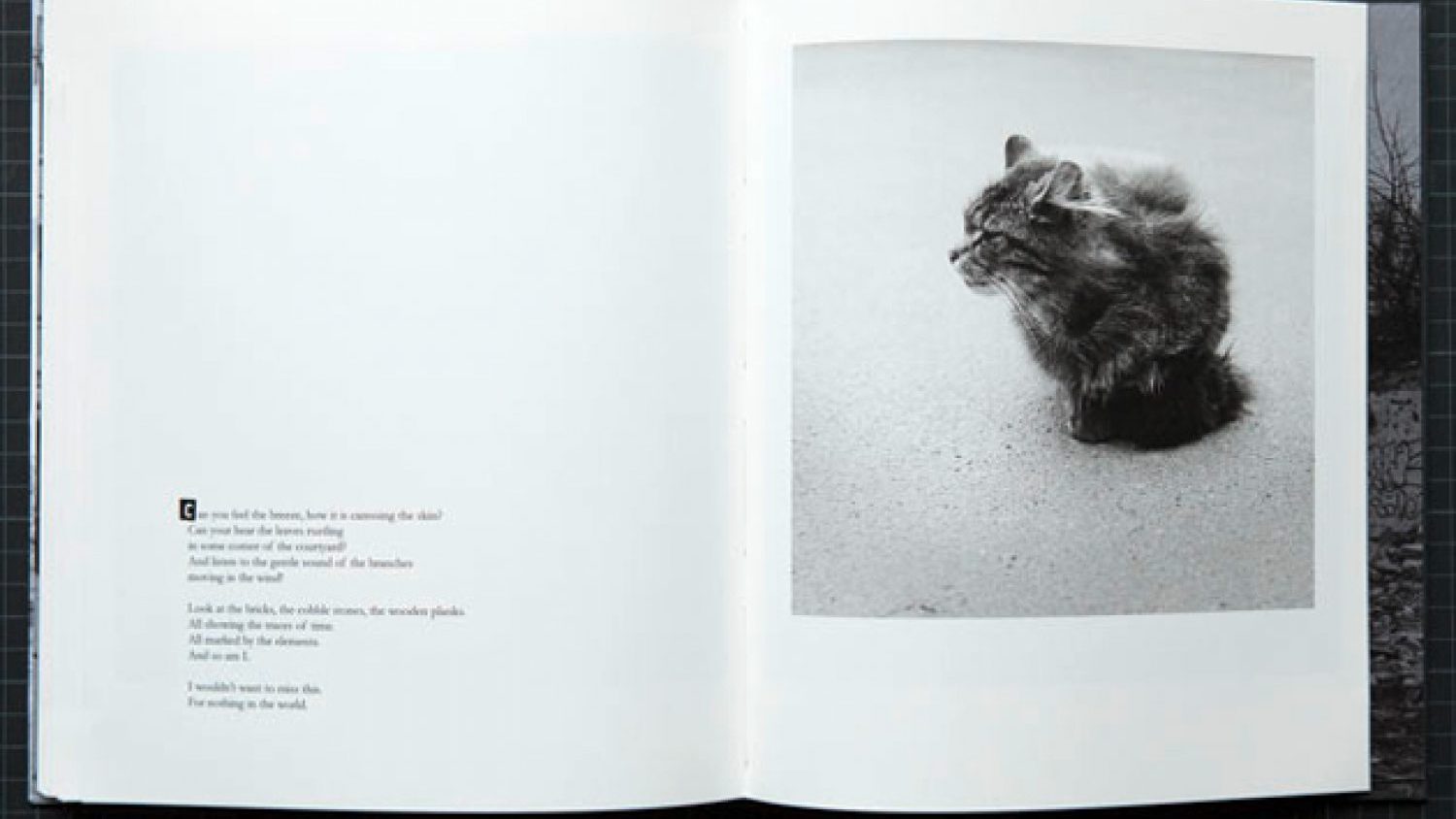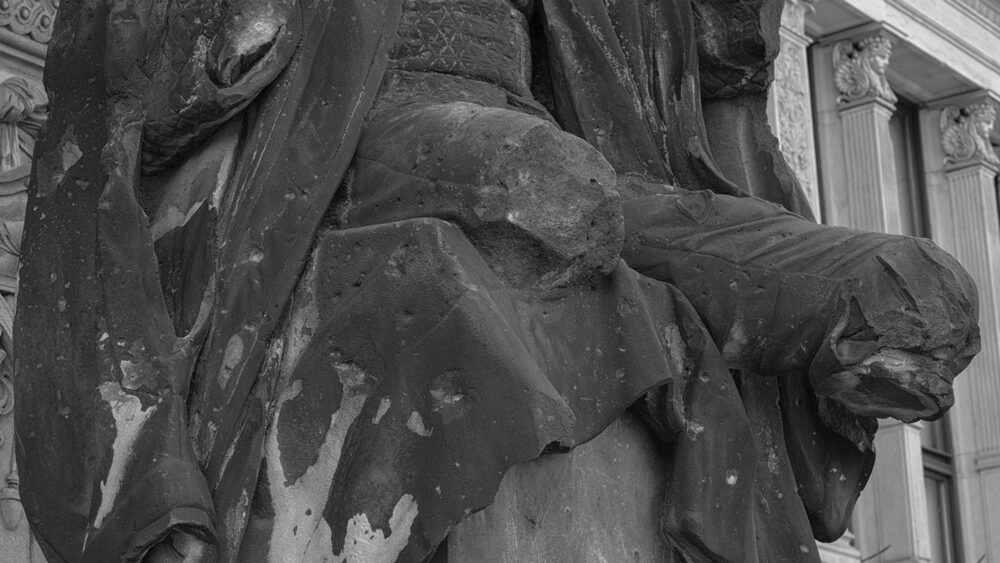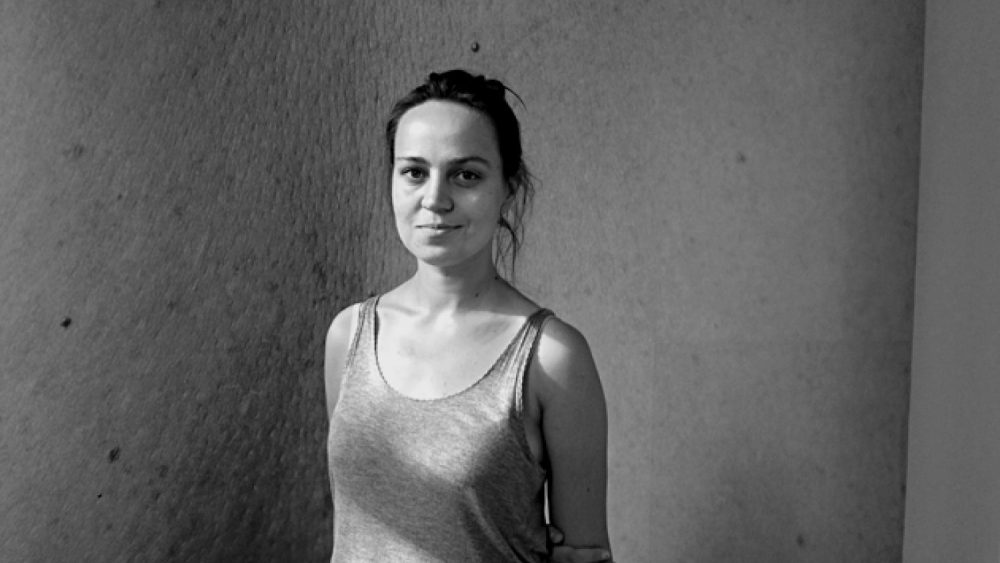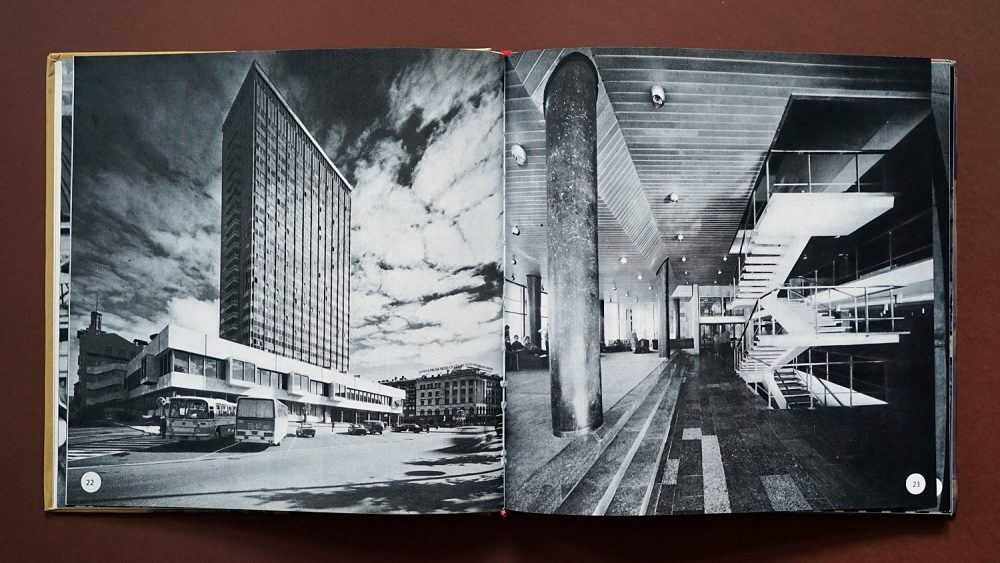10 minutes with Nico Baumgarten
German photographer and photo book maker Nico Baumgarten (1981) currently is attracting funding for a new photo book about stray cats on the streets and in the backyards of Riga. On the crowd-funding Indiegogo page one can have a look at the layout of the book How the Other Half Lives, become one of the supporters of the publication, as well as to pre-order it. Baumgarten is a frequent guest in Riga, organizing book-making workshops for the ISSP students in Kuldīga and Rīga. Less than 20 days have remained till the end of the campaign and we asked Nico to provide more information on his project.
Why did you decide to photograph stray cats and why in Riga?
I didn’t plan to do this project. I just happened to be in Riga as I was lecturing at a photo book workshop at the ISSP and I felt like creating some photographical work in my free time.
Also it wasn’t me who decided to photograph cats. I was just walking around Riga, trying to make up my mind about a possible photo project. At a certain point I turned my head and then there was this cat looking at me. As if it had been observing me for a while already. And then I couldn’t resist. I think we all know how that is: try not to photograph a cat…
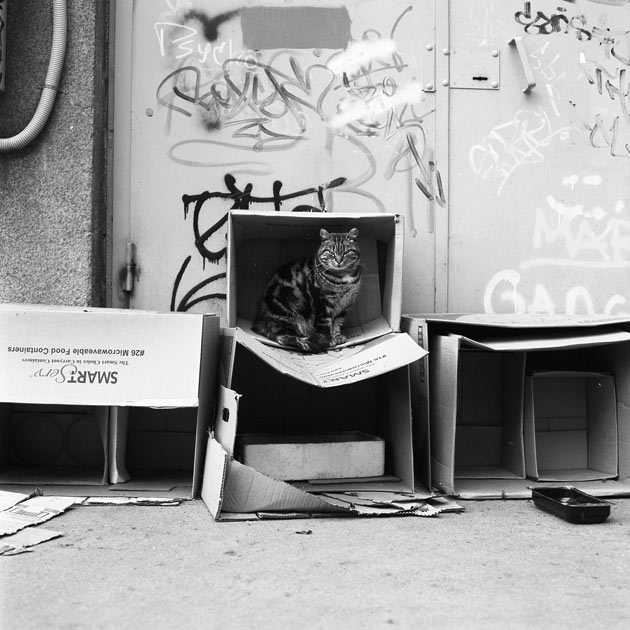
Cats are one of the most banal subjects in photography. In what way your images differ from all the clichés we see every day on social networks?
That’s so true. And that’s what gave me hard time working on this project. I mean once you’re branded as the cat-photographer you can probably forget about ever being taken seriously again as a photographer.
So from the start I wanted to make it different. But during the shooting process there is not much I could do about it. I mean it was always cats in front of my lens. And honestly I don’t like to conceptualize too much in the shooting period, I don’t want any doubts to get in between me and the photographs. So I just let it happen, I went ahead photographing cats even though I would get all kinds of comments for that.
The crucial moment for me is the editing. This is when I decide whether or not I want to publish the photographs. And this is when I can try to make it different from the social network clichés. I don’t have any interest whatsoever in producing photographs to which the viewer responds with “Oh, how cute!” Instead I want to make statements about society, a statement that differs from the conformist mainstream ideas and ideals. So the only thing that can save these photographs is the context. Adding text to the images to change their meaning. Make cute little cats say things, which are not cute at all.
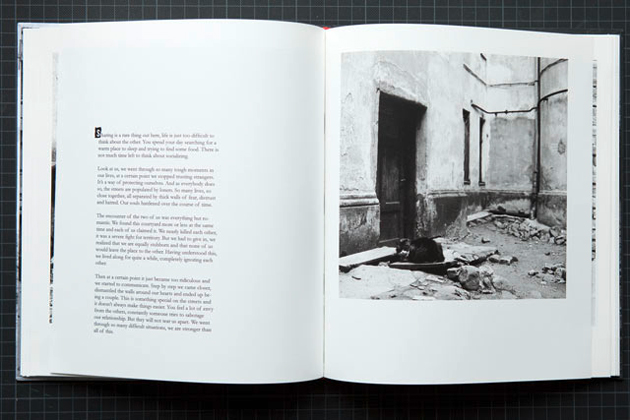
Why do you think a book is the best medium for this project?
In this particular case it was a pretty straightforward decision. As the photographs only function with the texts next to them, the book-idea was kind of just around the corner. They work as a closed group of images and only the entirety of the texts creates the statement I want to make. Also it was a rather complicated thing for me to start from photos of cats and end up making a statement about freedom, conformism, anarchy and other big questions. And whenever something gets complicated, I feel it needs to be a book, otherwise nobody will bother to try and follow the thought.
Tell us a little bit about the structure of the book.
I wanted to create a rather conservative looking hardcover book, reflecting the quality of the images. I shot the project on 6×6 black and white film with a Hasselblad and I perceive the photographs as rather traditional in their photographical approach. This creates a contrast with the texts (that usually won’t be read in the first moment), which I wanted to be as little traditional as possible. I feel the need for a contrast here, as the book represents thoughts in contrast to the mainstream society.
The title How the Other Half Lives is borrowed from Jacob A. Riis seminal photo book, published in 1890. It created awareness of the living-conditions of the poor parts of New York’s society amongst the better-off classes. I chose this reference to point at the parallelism of social classes in the animal and human society. As the book deals with social status and non-conformity it was very important to visualize its existence in the environment. This made it much easier to create an engaging sequence than with just a series of cat portraits.
Also I guess I’m enchanted by Inta Ruka’s work and it might have had an influence on my shooting.
Did you have any bizarre experience working on this project?
As I was just walking into a lot of backyards, it often happened that people started talking to me. Sometimes with more sometimes with less anger in their face. And as my knowledge of Latvian starts and ends with “paldies” (“thanks” in Latvian), it was hard for me to explain myself. So I had a friend writing a note for me which I would then just show to people. It said something like: “Don’t worry, I just want to photograph the cats in the backyard.” And from then on everything went just fine. Apparently a cat photographer doesn’t feel like a threat to anybody.
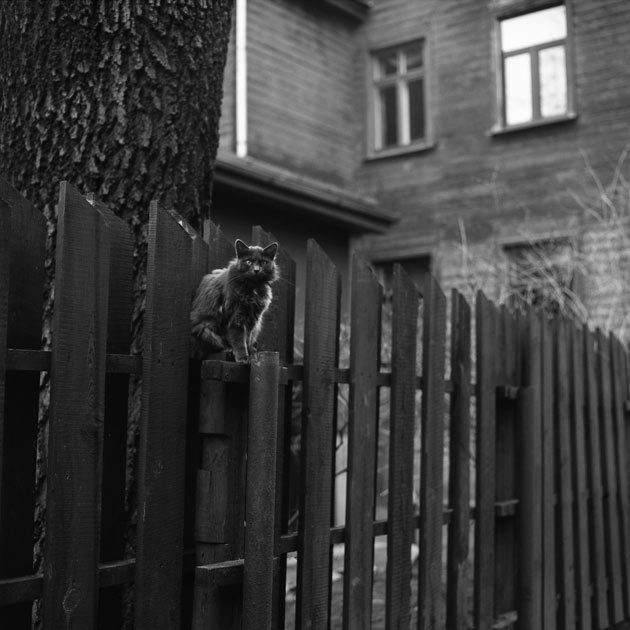
What is the advantage in pre-ordering the book on a crowd-funding campaign rather than buying it when it’s out?
To be honest, the main advantage is being free from a bank loan. But I also try to make it as special as possible for the people who crowd-fund the project. The first 100 copies are signed and numbered and reserved for the funders. Also I offer another recently hand-made flipbook exclusively as a reward for funders. I’m working on a linocut to create prints, I’m screen-printing shirts with an anarchist-cat logo that I designed, etc. But I think the main motivation when crowd-funding any project (and now I’m talking from my own perspective) is that you actually become part of the whole project. Without you, it would hardly be possible.
Do you have an idea who might want to buy this book?
Well at first I thought: “Hey, the book has cats in it, that’s gonna work anyways.” But then I realized that within the photo world, this doesn’t help at all, because people tend to not take you seriously. So it needs a bit of insisting to make people get interested in it. And the cute-kitty-crowd might get irritated with the opinions featured in the book.
But still it’s cats, so I think it will still attract some attention, also outside of the photo world. And that is really important to me. I’d like to see my book in just any random bookshop, catching the attention of whoever walks past it.
But apart from that, I expect bigger audiences in the cat-loving countries. And if I understood it right, Latvia and Japan are amongst them. Also people, who have a critical view on society.
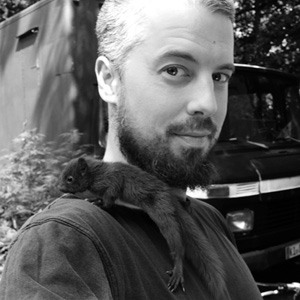
What is your previous experience with crowd-funding for art projects?
I crowd-funded two of my previous books, Berlusconians / No Berlusconians and Leer. That was a very good experience, it was beautiful to get so much direct feedback and to interact with funders. I set up the campaigns only through my website, mailing list, social networks and some online features. Bypassing the big crowd-funding platforms worked just fine for me. I think the amount of people who just stumble upon your project because they feel like spending money on a crowd-funding platform is very limited. So why would you give away money to these platforms? In my particular case: because I wanted to try it out.
Do you plan to show this work also as an exhibition?
Yes, absolutely. I imagine it as large printed, directly pasted to the walls. And I imagine these walls not to be in any fancy place and preferably outdoors. The ideal location would be a backyard in Riga, just where the stray cats live. I’m currently preparing such an exhibition for the beginning of May together with the official book launch.
